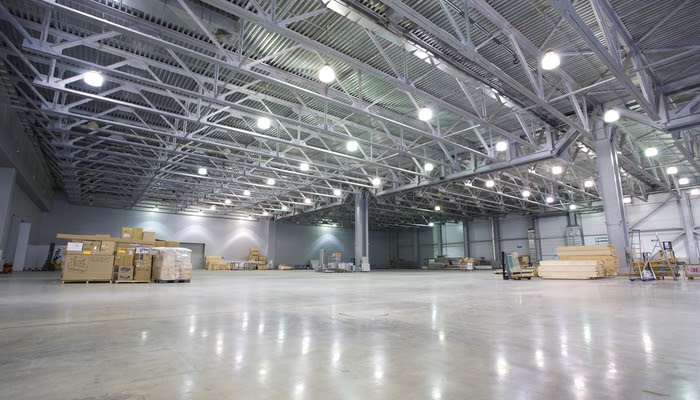Inspecting and maintaining lighting at your business location is crucial and should be performed regularly. Lighting not only illuminates your store's brand but also provides adequate lighting for outdoor security surveillance and making customers and personnel feel safe in their environment.
Without the regular maintenance of your lighting systems, you could be putting your personnel, customers, and guests at risk. To ensure everyone's safety, you should take proactive action to protect your exterior/interior lighting, commercial lighting, transportation lighting, or athletic field lighting infrastructure. This way, you will minimize costs and future breakdowns and maximize energy savings.
What Should You Do?
Here are a few steps you should do to inspect workplace lighting properly:
1. Replace any burnt-out lights - Although this is quite obvious, there's still more to it. When one light goes out, it is recommended to consider group replacement. This will ensure good lighting quality throughout the facility. Light bulbs have a specific shelf-life; therefore, a group replacement can be a perfect and time-saving solution to any light issues which may occur in the future. So, make sure to check all the lights to ensure they are in working condition.
2. Check lighting cables - The next step is to check if all your workplace lights outside are working and that the cables leading up to the lights are not damaged. Also, check if the cables are sheltered from the elements, including checking the sealant on outside light fixtures.
3. Ensure that your lights are the same color - If lights are not the same color, this can indicate that particular light is slowly reaching its shelf-life. In this case, you should consider group replacement.
4. Redirect adjustable lights - Due to wear and tear weather conditions and human elements, adjustable lights may be pointing where they shouldn't be pointing. This can, in turn, significantly reduce your workplace lighting. So be sure to include adjustable lights in your regular inspection.
5. Check for dust - Did you know that dust can reduce lamps' shelf-life and reduce a light's performance? Make sure to regularly dust and clean lamps and their fixtures during your inspection, and check that they are aimed as intended.
6. Change batteries where needed - Although not all lighting fixtures use batteries, some do. Therefore you must check the batteries' status on these devices. This also includes the batteries for smoke detectors.
7. Don't forget compatibility! - It is essential to consider the type of lamps you have and what they could require. For example, most fluorescent lights require electrical ballasts.
Make sure to replace any nonfunctional lamps you encounter. When lights begin to fail, it is recommended to consider relamping them all as a group. You can even schedule for relamping by estimating the average duration of lamp use in a week or a month and comparing it to the lamp's expected shelf-life.
For creating a safe work environment, it is important to do a proper facility and equipment inspection. Audit and inspection software such as The Checker will be of great help in this process.




